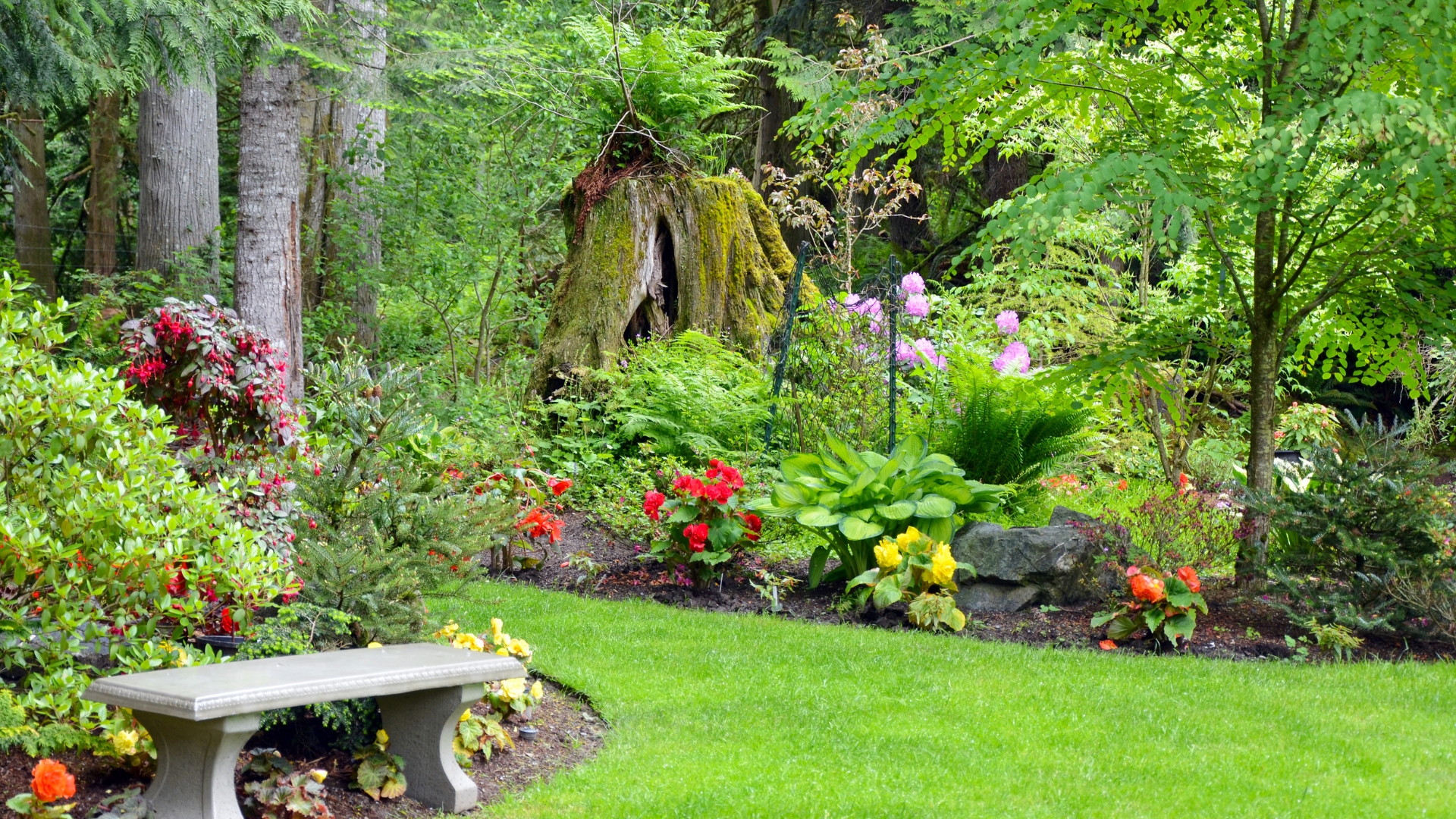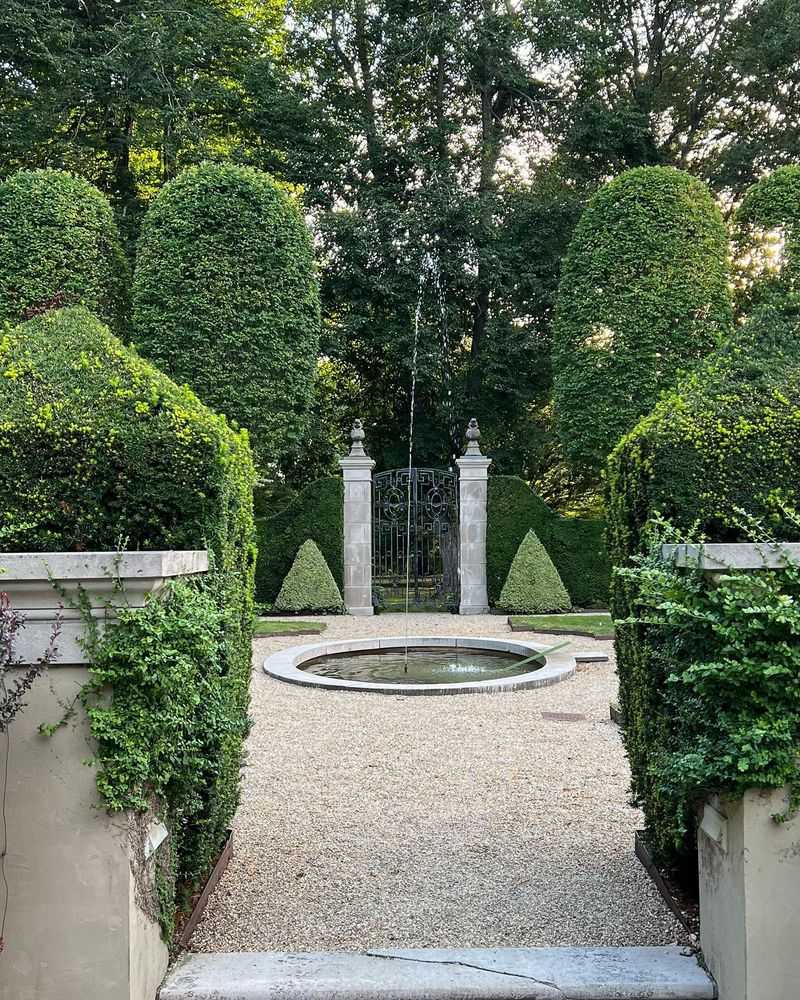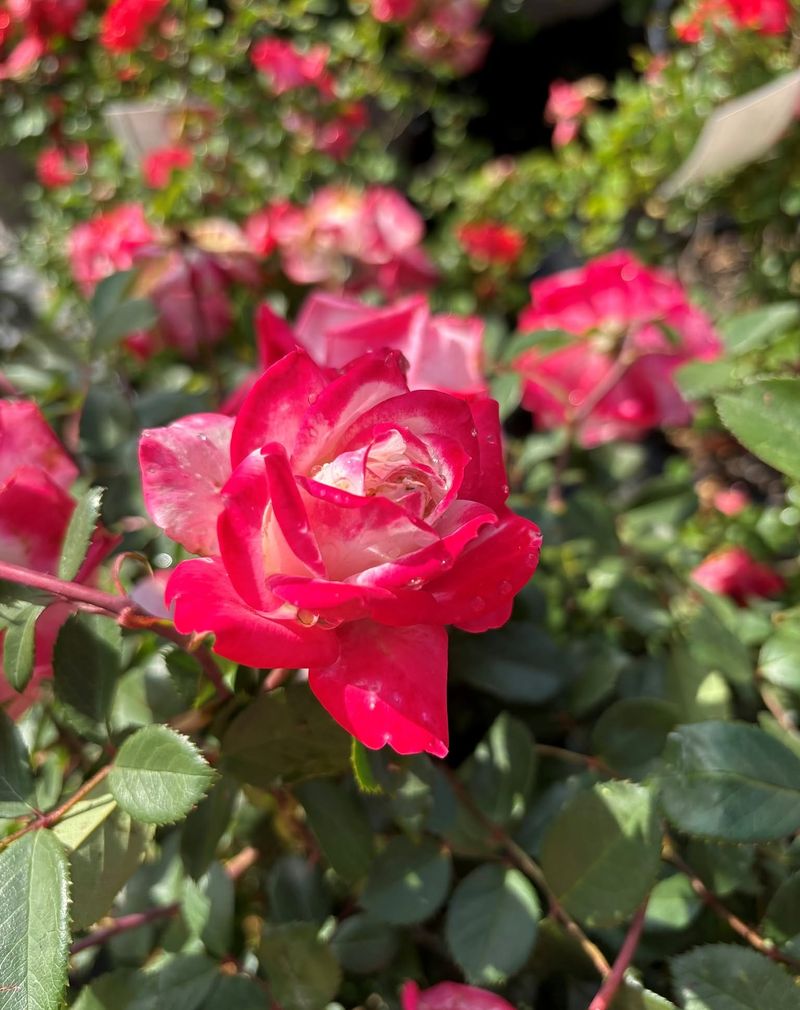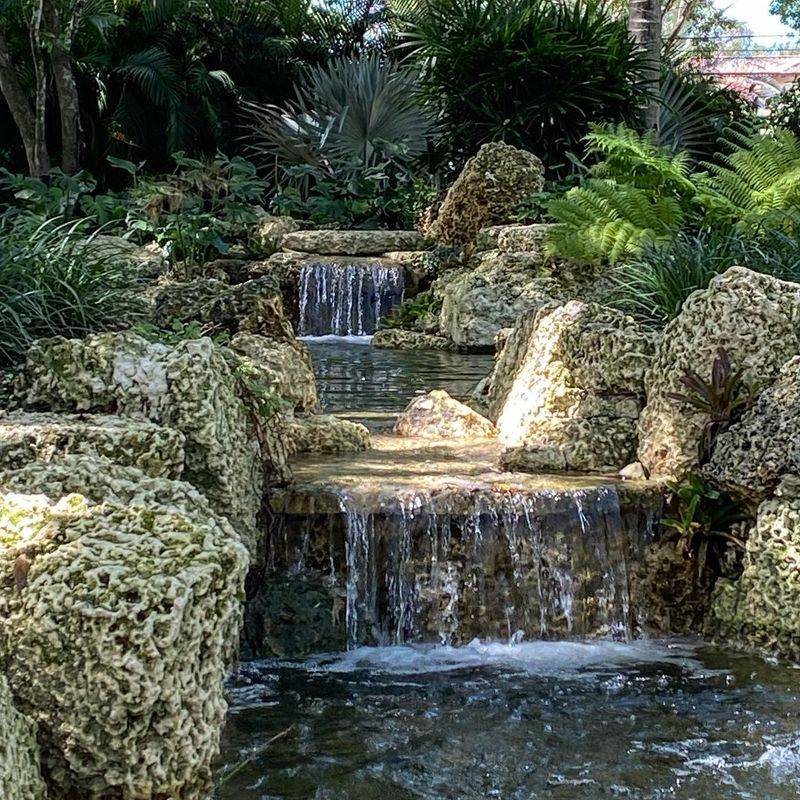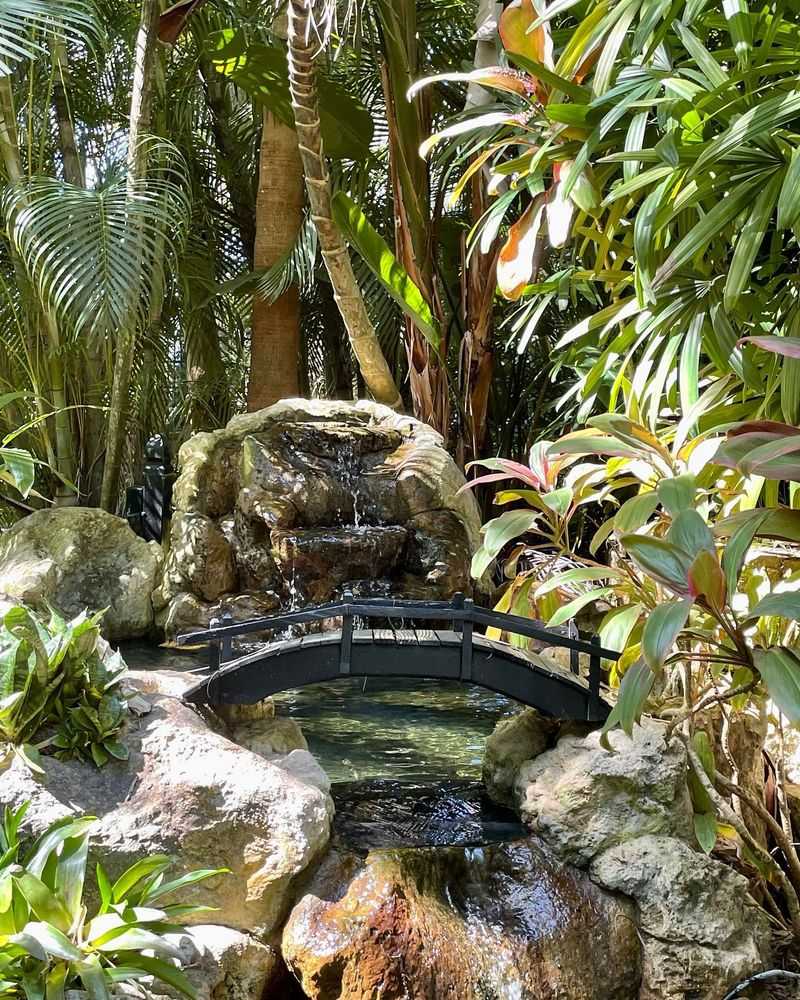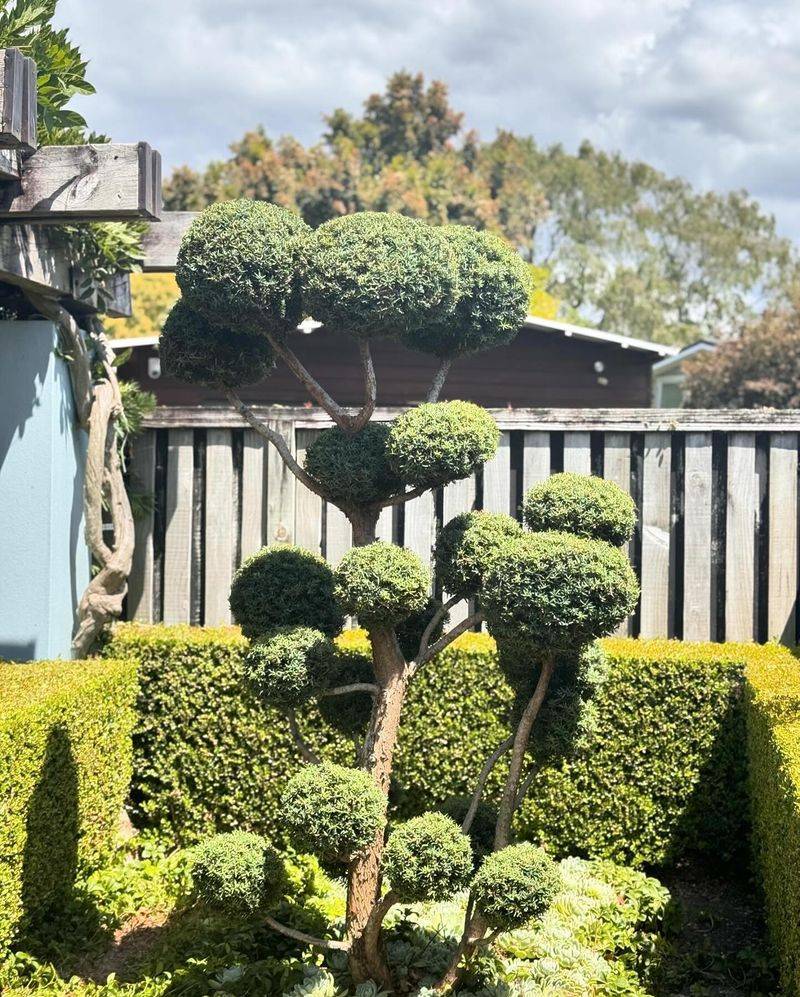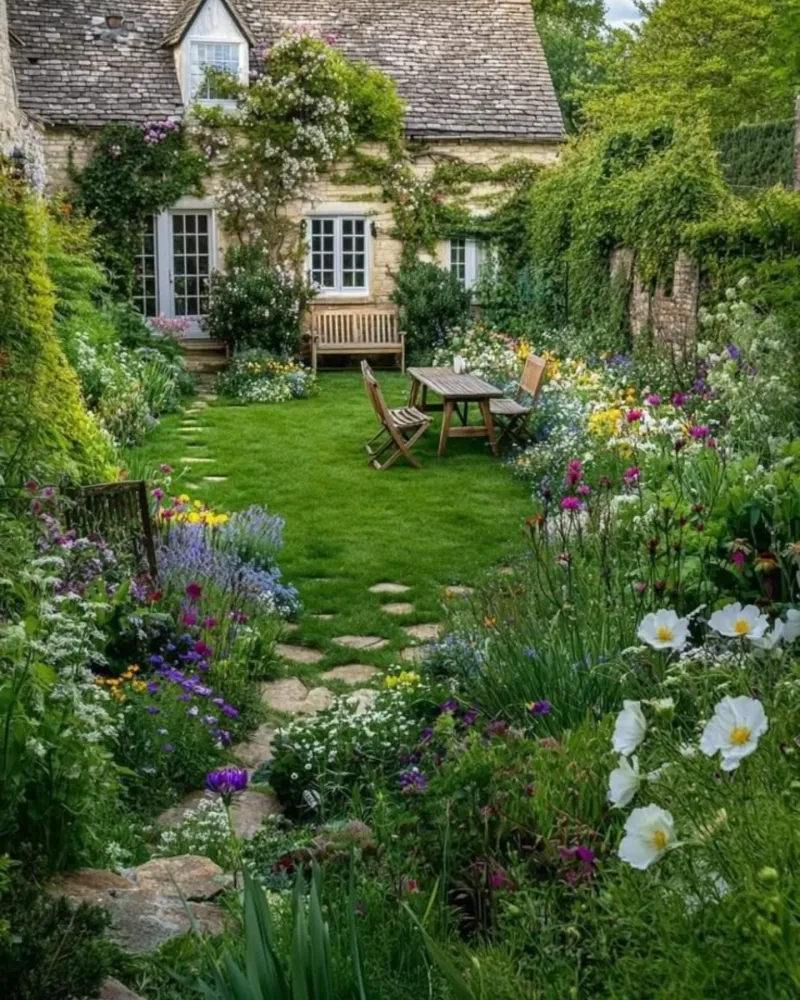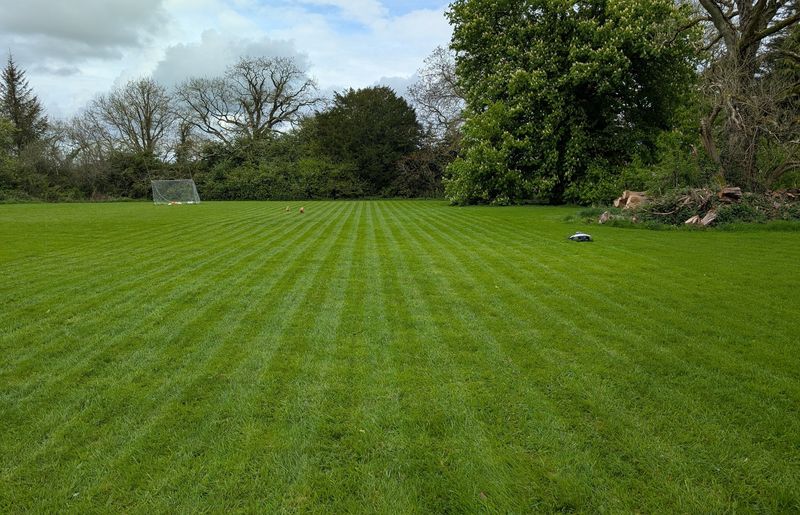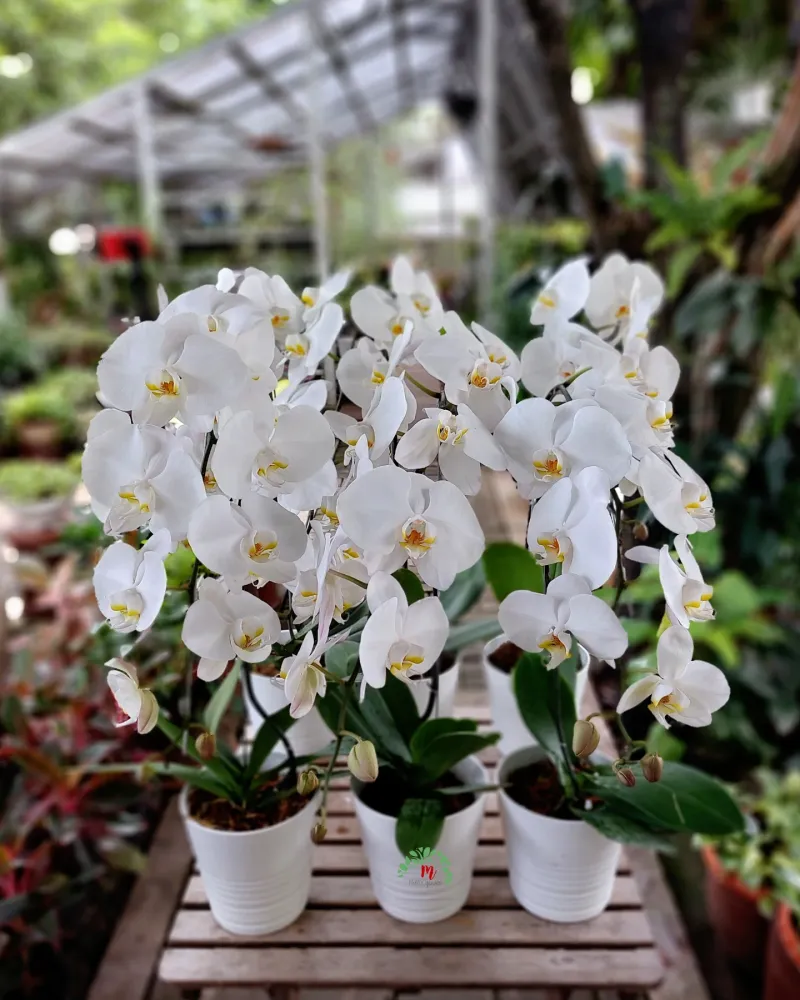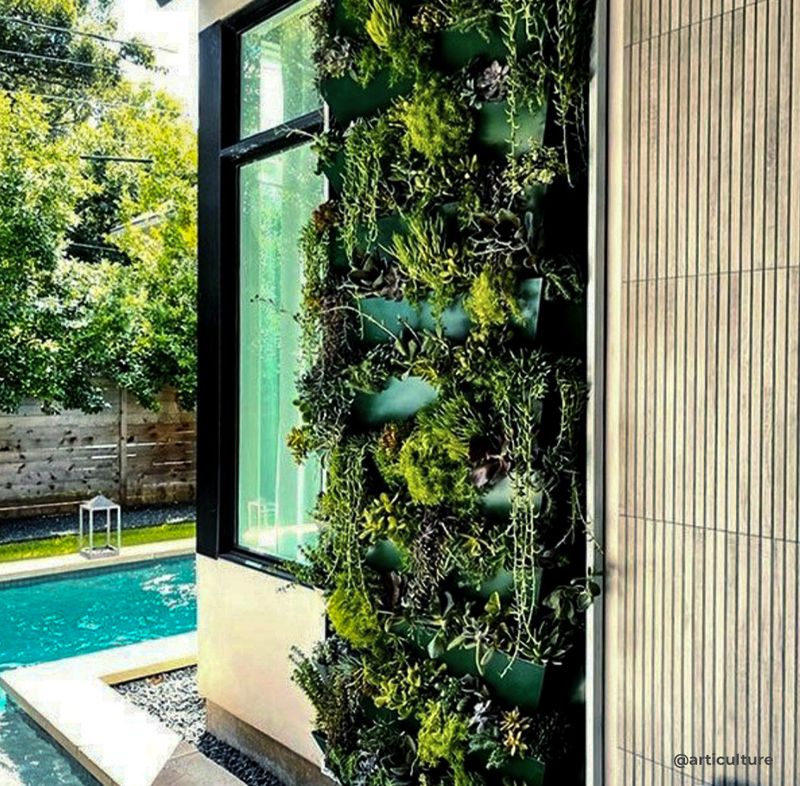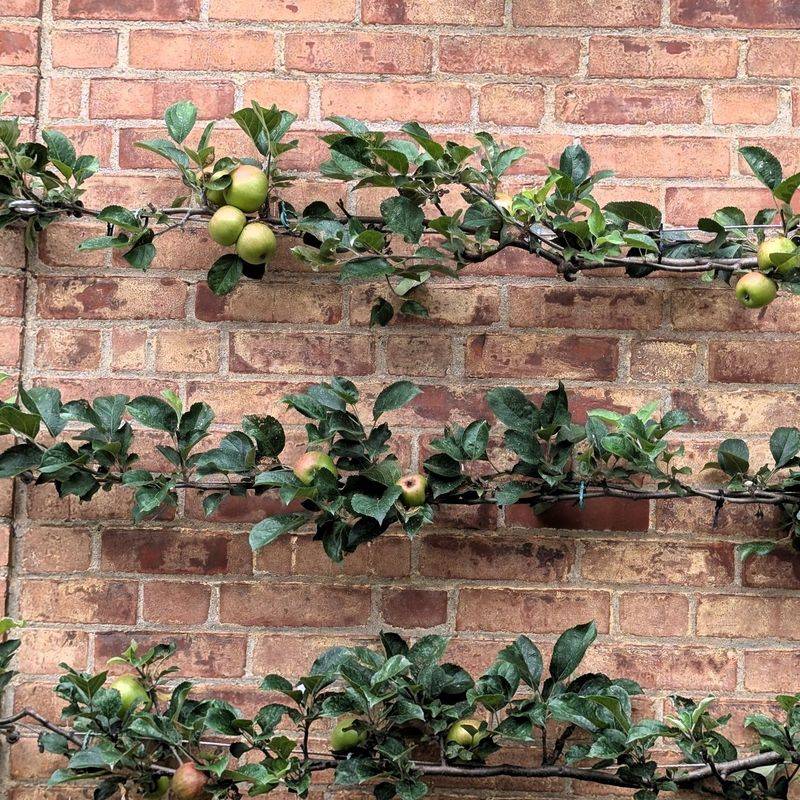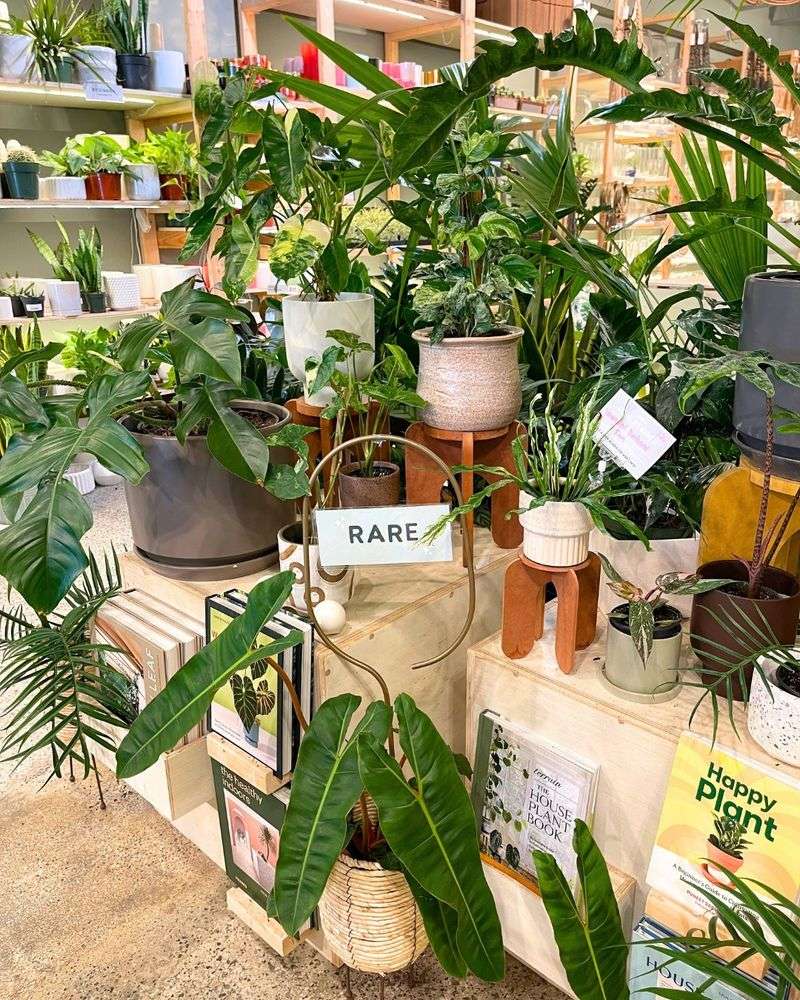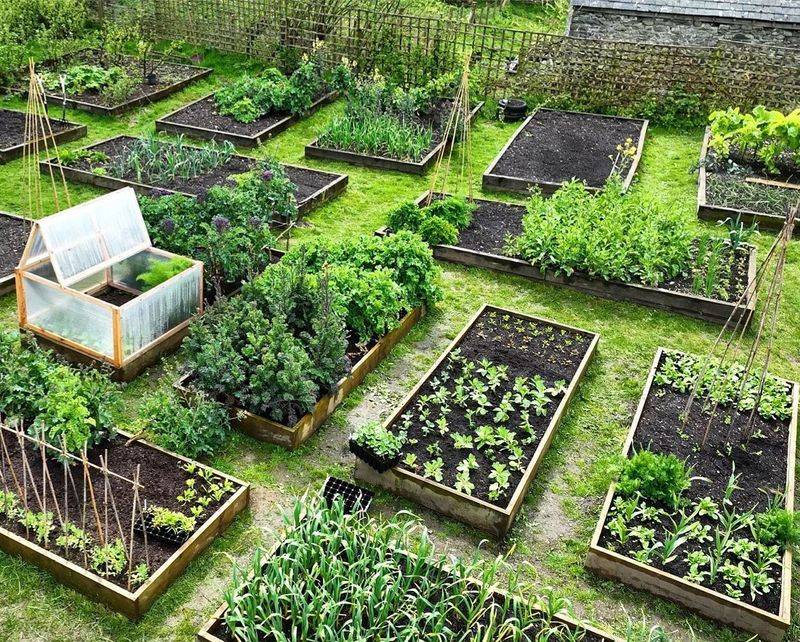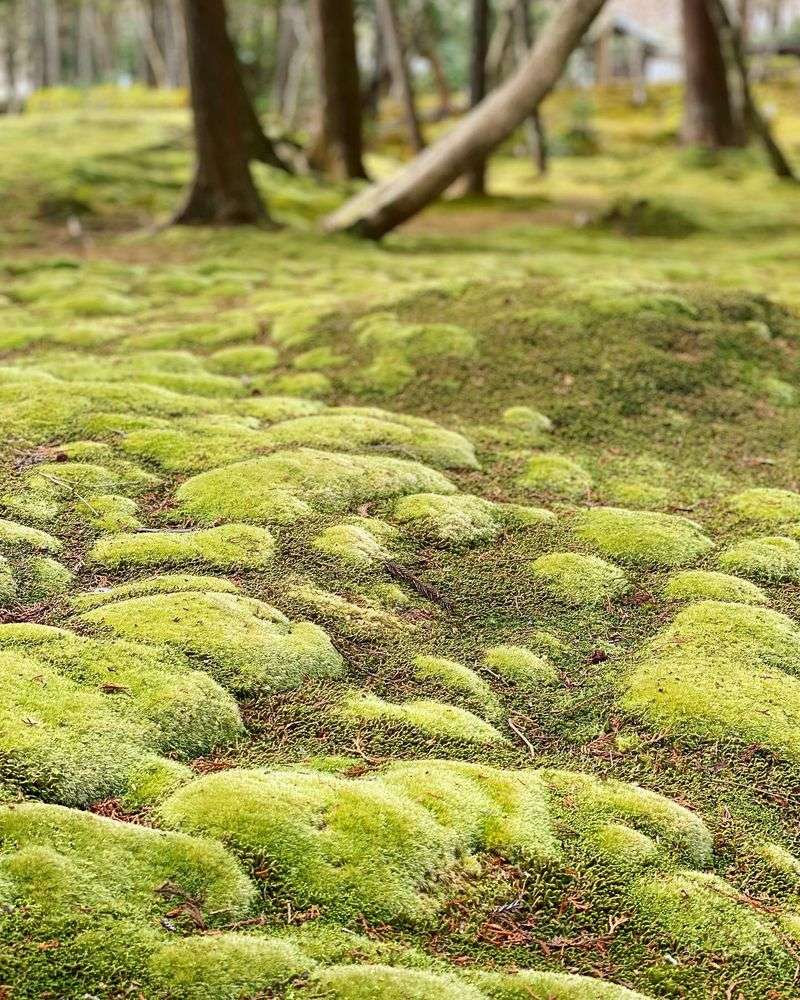Dreaming of a garden that looks like it belongs in a magazine? Well, these 15 high-maintenance designs might look incredible, but they come with a serious catch.
I’ve tried my hand at a few and found myself constantly pulling weeds, replanting, and fussing over every little detail. If you love a good challenge, they’ll keep you busy—but don’t say I didn’t warn you!
A stunning garden doesn’t always mean an easy one, and some of these could turn your backyard into a full-time project.
1. Formal French Parterre Gardens
Perfectly symmetrical patterns and meticulously trimmed hedges might look stunning in photos, but they’re a maintenance nightmare in real life. These geometric designs require weekly—sometimes daily—pruning to maintain their crisp, clean lines.
Every stray branch or slightly uneven section will stand out like a sore thumb. You’ll need specialized tools, possibly professional help, and the patience of a saint to keep up with the constant trimming, edging, and shaping. Plus, many traditional parterre plants are temperamental about soil conditions and water requirements, adding another layer of complexity to your gardening chores.
2. Extensive Rose Collections
Those dreamy rose gardens with dozens of varieties might smell heavenly, but they’ll have you working like the devil. Most roses demand regular deadheading, specialized pruning, and vigilant pest control to look their best.
Black spot, powdery mildew, aphids, and Japanese beetles are just a few of the countless enemies you’ll battle all season long. The spraying schedule alone could become a part-time job, with different treatments needed for different problems throughout the growing season. And forget about vacations during summer—roses wait for no one and will quickly become a thorny, diseased mess without your constant attention.
3. Koi Ponds with Elaborate Waterfalls
Water features create a peaceful ambiance, but koi ponds are essentially outdoor aquariums requiring sophisticated filtration systems and regular maintenance. Algae blooms can take over within days if the water chemistry isn’t perfect, turning your crystal-clear pond into a green soup.
The fish themselves need regular feeding and health monitoring, while predators like herons view your expensive koi as an all-you-can-eat buffet. Fallen leaves must be removed constantly to prevent water quality issues, and the entire system needs winterizing in colder climates. Pump failures or leaks can become emergency situations, potentially killing your fish collection if not addressed immediately.
4. Tropical Paradise Gardens
Creating a tropical oasis in non-tropical climates means battling Mother Nature herself. Most exotic plants require special winter protection, which might mean lugging dozens of heavy containers indoors or constructing elaborate protection systems for in-ground specimens.
Bananas, palms, and other tropical favorites are typically heavy feeders, needing rich fertilizers and constant moisture to look their best. Many are also susceptible to pests that your local beneficial insects don’t control. The dramatic foliage that makes these gardens so appealing deteriorates quickly in less-than-ideal conditions, leaving you with tattered, brown-edged leaves that ruin the lush effect you worked so hard to create.
5. Bonsai Collections
These living miniature artworks demand extraordinary attention to detail and consistent care regimens that can’t be skipped. Each tiny tree needs its own specific watering schedule—too much or too little can kill your masterpiece within days.
Pruning must be done with surgical precision, often requiring specialized tools and years of practice to master. The confined root systems make bonsai extremely vulnerable to temperature fluctuations, requiring you to monitor conditions constantly. Repotting, root pruning, and soil management add additional layers of complexity. Many bonsai enthusiasts end up with what amounts to a part-time job caring for their collections.
6. Cloud-Pruned Topiary Gardens
Those sculptural, cloud-like forms might look magical, but achieving and maintaining them requires both artistic vision and relentless dedication. Unlike regular hedges, cloud pruning demands an understanding of three-dimensional shapes and how plants grow, plus the ability to visualize the finished form within an unruly shrub.
Each plant needs frequent reshaping—at least monthly during growing season—to maintain its artistic silhouette. One missed pruning session can ruin years of patient work. The specialized pruning tools aren’t cheap either, and the process can’t be rushed without risking major damage to your living sculptures. Many gardeners eventually hire professionals, turning their artistic garden into an expensive ongoing commitment.
7. English Cottage Gardens
That charming, seemingly carefree jumble of flowers actually requires careful planning and constant intervention to prevent chaos. The densely packed plants compete fiercely for nutrients and water, meaning you’ll need to fertilize and irrigate meticulously to keep everything thriving.
Weeds love to hide among the crowded stems, and once established, they’re incredibly difficult to remove without damaging desirable plants. Deadheading becomes a daily chore during peak bloom season, and many cottage garden favorites are short-lived perennials needing frequent replacement. The romantic look depends on controlling thuggish spreaders while coaxing temperamental specimens—a balancing act that requires constant vigilance.
8. Perfectly Manicured Lawns
That flawless carpet of green requires an arsenal of equipment and a religious devotion to maintenance schedules. Achieving golf-course perfection means mowing at least twice weekly with a professional-grade mower, plus regular edging, fertilizing on a strict schedule, and applying multiple treatments for weeds, pests, and diseases.
Watering needs are intense—either you’ll need an elaborate irrigation system or hours spent moving sprinklers. Compaction requires annual aeration, while thatch buildup demands dethatching. Bare spots need immediate attention with matching grass seed varieties. In drought-prone areas, maintaining this water-hungry aesthetic might even result in restrictions or fines, making your perfect lawn not just a hassle but potentially problematic.
9. Orchid Collections
Growing these exotic beauties outdoors in dedicated garden areas creates a spectacular display that demands specialized knowledge and consistent care. Each orchid variety has its own particular needs for light, humidity, and temperature, often requiring microclimates within your garden.
Pests like scale insects and mealybugs can devastate a collection in days, requiring regular inspections and immediate intervention. Most garden orchids need protection from direct sun, heavy rain, and wind, meaning you’ll need to create special growing structures. The specialized growing media needs regular replacement, and fertilizing requirements change throughout the growing cycle, creating a complex maintenance calendar that can overwhelm even experienced gardeners.
10. Living Walls and Vertical Gardens
These architectural plant displays look stunning on Pinterest but create unique maintenance challenges that conventional gardens don’t face. The vertical orientation means water runs down quickly, potentially over-watering lower plants while leaving upper sections dry, requiring sophisticated irrigation systems.
Accessing plants for maintenance often requires ladders or scaffolding, turning simple tasks like pruning into complicated operations. The growing medium in many systems breaks down over time, necessitating complete rebuilding every few years. Plant selection is critical—one aggressive species can quickly overwhelm its neighbors in these confined spaces. The weight of the system also increases as plants grow, potentially creating structural issues for supporting walls.
11. Espalier Fruit Trees
Training fruit trees into flat, decorative patterns against walls creates beautiful living architecture but demands constant attention to maintain their unnatural forms. Every new shoot must be either tied to the support structure or pruned away, requiring weekly inspections during growing season.
The restricted growth pattern makes the trees more vulnerable to pest and disease problems, which can quickly spread through the entire espalier. Fruit production often suffers until the pattern is fully established, which can take years of patient work. The supporting structure itself needs maintenance and occasional replacement, adding another layer of upkeep. When done properly, espaliers are magnificent, but they’re essentially never-ending projects.
12. Rare Plant Collections
Collecting unusual specimens might earn you gardening bragging rights but also signs you up for specialized care regimens that common plants don’t require. Many rare plants have earned their uncommon status precisely because they’re difficult to grow, with narrow tolerances for soil conditions, water, light, and temperature.
Sourcing these botanical treasures often means significant investment, making their potential loss particularly painful. Documentation becomes crucial, as care information may be limited or contradictory. Many collectors find themselves becoming amateur scientists, constantly experimenting with conditions to keep their precious plants alive. The emotional attachment that develops can turn garden maintenance from a hobby into an anxiety-producing responsibility.
13. Extensive Vegetable Gardens
Growing your own produce sounds idyllic until you’re dealing with succession planting schedules, pest management, and daily harvesting demands. Unlike ornamental gardens, vegetable plots can’t be neglected during busy weeks or vacations—that perfect window for harvesting waits for no one.
The constant battle against insects, diseases, and wildlife requires vigilance and multiple strategies, often including early morning or evening inspections. Soil fertility management becomes a science project with cover crops, crop rotation, and compost applications. The seasonal nature of vegetable gardening also means major work happens in concentrated bursts—spring planting, summer maintenance, and fall harvesting all create periods of intense labor that can overwhelm your schedule.
14. Moss Gardens
The serene beauty of moss-covered landscapes hides the extremely specific conditions required to maintain that velvety green carpet. Most moss varieties need consistent moisture—not too wet or too dry—and can quickly brown or die during dry spells without supplemental watering, sometimes requiring daily misting.
Leaf litter becomes the enemy, needing prompt removal to prevent damage to the delicate moss beneath. Weeds must be meticulously hand-plucked, as chemical controls will damage the moss itself. Foot traffic can destroy years of growth in seconds, meaning pathways must be carefully planned and maintained. In many climates, moss gardens fight against natural conditions, requiring constant intervention to maintain their ethereal beauty.
15. Intricate Knot Gardens
These Renaissance-inspired designs featuring intertwining patterns of low hedges create geometric masterpieces that demand precision maintenance. The tightly clipped plants must be trimmed frequently—often weekly during growing season—to maintain the crisp lines that define the pattern.
The close planting encourages disease problems, particularly fungal issues in humid climates, requiring preventative treatments and good air circulation. Traditional knot garden plants like boxwood are susceptible to specific pests and diseases that can quickly destroy your living artwork. The intricate pattern makes weeding particularly challenging, as common tools might damage the design. When executed perfectly, knot gardens are showstoppers, but the path to perfection is paved with endless maintenance tasks.

